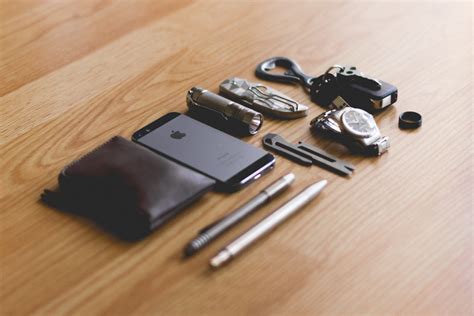Optimize sleep: What smart tech truly improves deep sleep recovery metrics?
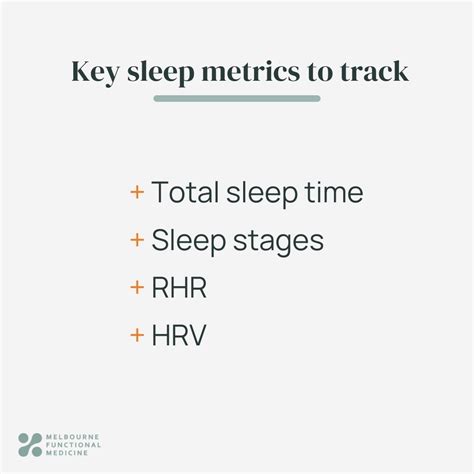
Unlocking Restorative Sleep: The Promise of Smart Technology
Deep sleep, also known as slow-wave sleep, is crucial for physical restoration, memory consolidation, and overall cognitive function. In our increasingly data-driven world, smart technology promises to not only track our sleep but actively improve its quality, particularly the elusive deep sleep phase. But with a market flooded with devices, which smart tech truly delivers on its promise to boost deep sleep recovery metrics?
The quest for better sleep often leads us down a rabbit hole of wearables, smart mattresses, and environmental controllers. Understanding what each technology measures and how those metrics correlate with actual deep sleep improvement is key to making informed choices.
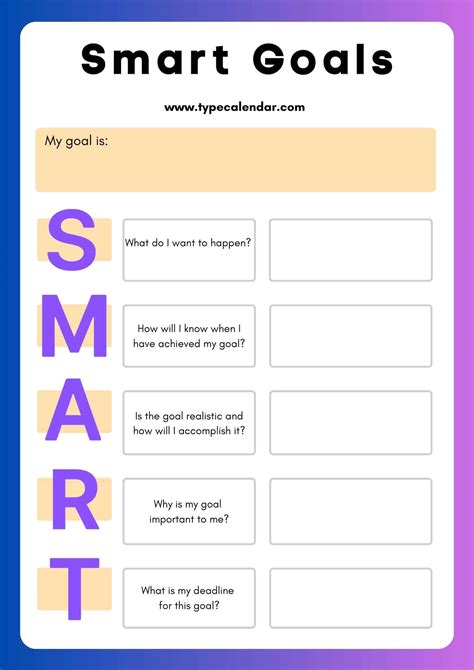
How Smart Tech Measures Sleep: Beyond Just ‘Hours Slept’
Traditional sleep tracking often focused on total sleep duration. Modern smart tech goes much deeper, utilizing a range of sensors to provide a more nuanced picture of your sleep architecture:
- Accelerometers & Gyroscopes: Detect movement, helping differentiate between light, REM, and potentially deep sleep based on stillness.
- Heart Rate & Heart Rate Variability (HRV): Lower heart rates and higher HRV during sleep are generally indicative of restorative phases. Some devices measure blood volume changes (photoplethysmography or PPG).
- Skin Temperature: Changes in skin temperature can signal different sleep stages and help track circadian rhythms.
- Respiratory Rate: Monitored by some devices to detect breathing disturbances that can fragment sleep.
- Bio-impedance Sensors: Found in some smart mattresses, these can detect micro-movements and even heart rate without direct skin contact.
The goal isn’t just to collect data, but to interpret it in a way that provides actionable insights into your sleep health, with a specific focus on the duration and quality of deep sleep.
Leading Smart Tech for Deep Sleep Improvement
Wearable Devices: Rings, Watches, and Bands
Devices like the Oura Ring, WHOOP, and advanced smartwatches (e.g., Apple Watch, Garmin) are pioneers in personal sleep tracking. They typically measure heart rate, HRV, movement, and skin temperature. Their algorithms then attempt to classify sleep into stages – awake, REM, light, and deep sleep.
- Impact on Deep Sleep: While these devices are excellent at tracking and identifying trends, their primary benefit for deep sleep recovery often comes from the awareness they create. By showing users their deep sleep duration, and how lifestyle factors (exercise, caffeine, alcohol) affect it, they empower individuals to make changes. Some also offer personalized recommendations for sleep timing based on circadian rhythms.
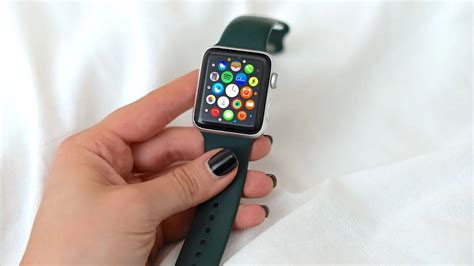
Under-Mattress Sensors & Smart Beds
Solutions like the Withings Sleep Analyzer or smart mattresses (e.g., Eight Sleep) offer a less intrusive way to track sleep. They use pressure sensors, accelerometers, and even microphones (for snoring/breathing analysis) to monitor sleep patterns.
- Impact on Deep Sleep: Smart beds, particularly systems like Eight Sleep, go beyond mere tracking. They actively modify the sleep environment through temperature regulation, which is a significant factor in optimizing deep sleep. By precisely cooling or warming the bed throughout the night, these systems aim to facilitate easier entry into deep sleep and maintain optimal conditions for its duration.
Environmental Controls: Smart Lighting and Thermostats
Often overlooked, the bedroom environment plays a critical role in sleep quality. Smart home devices designed to manage light and temperature can profoundly impact your body’s natural sleep-wake cycle.
- Smart Lighting: Systems like Philips Hue can be programmed to gradually dim in the evening, emitting amber or red light (which doesn’t suppress melatonin), and gently brighten in the morning with blue-rich light to aid waking. Proper light exposure helps regulate circadian rhythm, a cornerstone of good deep sleep.
- Smart Thermostats: Devices like Nest or Ecobee can be set to optimize bedroom temperature for sleep. A slightly cooler room (typically 60-67°F or 15-19°C) is ideal for facilitating deep sleep. Automated temperature adjustments can prevent waking due to overheating or being too cold.
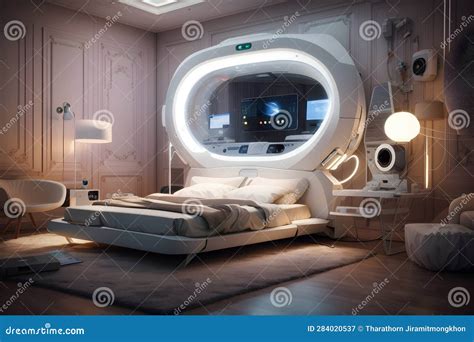
What Truly Moves the Needle for Deep Sleep Recovery?
While all these technologies offer insights, those that provide actionable, personalized interventions tend to have the greatest impact on deep sleep recovery metrics:
- Temperature Regulation: Devices and systems that actively manage your core body or bed temperature (e.g., smart mattresses, smart thermostats) are highly effective because temperature is a primary driver of sleep stages. Maintaining an optimal cool environment for deep sleep is crucial.
- Circadian Rhythm Management: Smart lighting and consistent sleep schedules, often guided by wearable data, help synchronize your body clock, which directly influences the timing and duration of deep sleep.
- Personalized Feedback & Coaching: Tech that not only tracks but also offers insights into how your behaviors affect deep sleep (e.g., a late-night workout leading to less deep sleep) and suggests adjustments is invaluable. The ‘why’ behind the data empowers real change.
- HRV & Recovery Metrics: While not a direct measure of deep sleep, consistent tracking of HRV can be a powerful indicator of overall recovery, often correlating with sufficient deep sleep. Improvements in HRV trends can suggest better restorative sleep.
It’s important to be realistic: no device can ‘force’ deep sleep. Their power lies in identifying impediments and creating an optimal environment for your body to naturally achieve more restorative stages.

Conclusion: A Holistic Approach is Key
The most effective smart tech for improving deep sleep recovery metrics isn’t a single magical device, but often a combination of tools integrated into a holistic approach. Wearables provide the personalized data and awareness, while environmental controls (like smart beds, lighting, and thermostats) actively create the ideal conditions for deep, restorative sleep.
When choosing smart sleep tech, prioritize devices that offer accurate tracking, actionable insights, and, most importantly, provide mechanisms to actively optimize your sleep environment based on physiological needs. By understanding the science behind deep sleep and leveraging technology intelligently, you can significantly enhance your body’s ability to recover and thrive.








